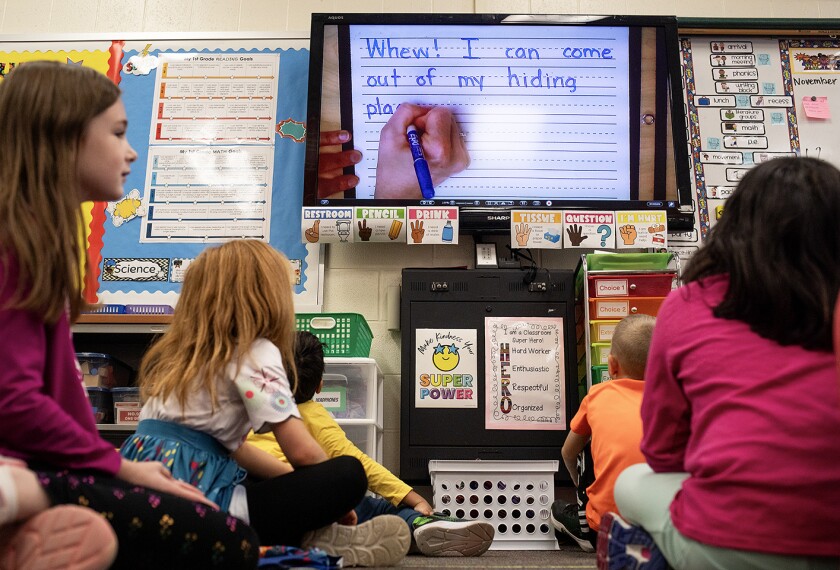Teachers often lament that none of the priorities in their school or district seem to fit together.
The professional development they receive isn’t relevant to the content that they have to teach. The assessments they give students periodically and at the end of the year don’t always line up to the curriculum that they use.
This incoherence isn’t just frustrating for teachers, say researchers at the RAND Corporation. It’s a problem for student achievement.
In a webinar today, RAND researchers discussed recent reports analyzing the extent to which all the different parts of instruction, from standards to curriculum to how teachers are evaluated, “convey a clear and consistent vision and direction for educators and students.”
Since the beginning of the standards-based reform movement in the 1990s, advocates and researchers have called for this kind of coherence—making the argument that all pieces of the instructional puzzle need to fit together in order to improve student outcomes. But it’s notoriously difficult for school districts to achieve this goal.
Architects of the standards movement have said in recent years that they should have paid more attention to the textbooks, instructional materials, and teaching methods that schools use. And they’ve argued that states should now start signaling which are high quality and encouraging districts to use them.
Here’s what RAND has learned from its surveys of teachers over the past few years on their perceptions of instructional coherence within their schools.
Teachers take cues from curriculum over PD
In general, teachers said that they receive most of their guidance about instruction from the curriculum they use and the opportunities that they have to collaborate with their colleagues. Professional development, teacher evaluations, and year-end assessments provided less actionable information and feedback, said Elaine Lin Wang, a policy researcher at the RAND Corporation.
There are still huge holes, though. Most teachers said they weren’t getting guidance from any source in supporting traditionally underserved students, including students of color, English learners, and special education students.
In interviews the researchers conducted, one teacher said that English learners are “never the main focus.”
“It’s always an afterthought in every PD that I’ve ever gone to,” the teacher said.
Coherent systems feel more professionally fulfilling, respondents said
In the research interviews, teachers said that they valued knowing what goals they’re supposed to meet, and what roadmap they’re going to use to get there, said Wang.
“System coherence increases their confidence with their work, and it helps them to feel successful,” she said.
By contrast, incoherent systems made teachers feel overwhelmed and discouraged. It prompted some teachers to “check out” and ignore conflicting messages from different sources about what their instructional priorities should be, Wang said. (For more on these findings, see this report.)
States can support more unified systems
When the researchers broke down teacher responses, they found small variations by demographics, said Julia Kaufman, a senior policy researcher at RAND. For example, teachers in schools where more students were from low-income backgrounds were somewhat more likely to say that their instructional systems were less coherent.
But the larger variations occurred in connection with school priorities, Kaufman said. Teachers who said they had strong instructional leadership, and that school administrators had clear goals, were more likely to also report coherence.
Wang also referenced research that RAND conducted last year, on the effect that states can have on school and district instructional systems. That work focused on the High-Quality Instructional Materials and Professional Development (IMPD) Network, a group of states organized by the Council of Chief State School Officers.
Teachers in states that were part of this network were more likely than other teachers to report that their district had adopted high-quality resources.






